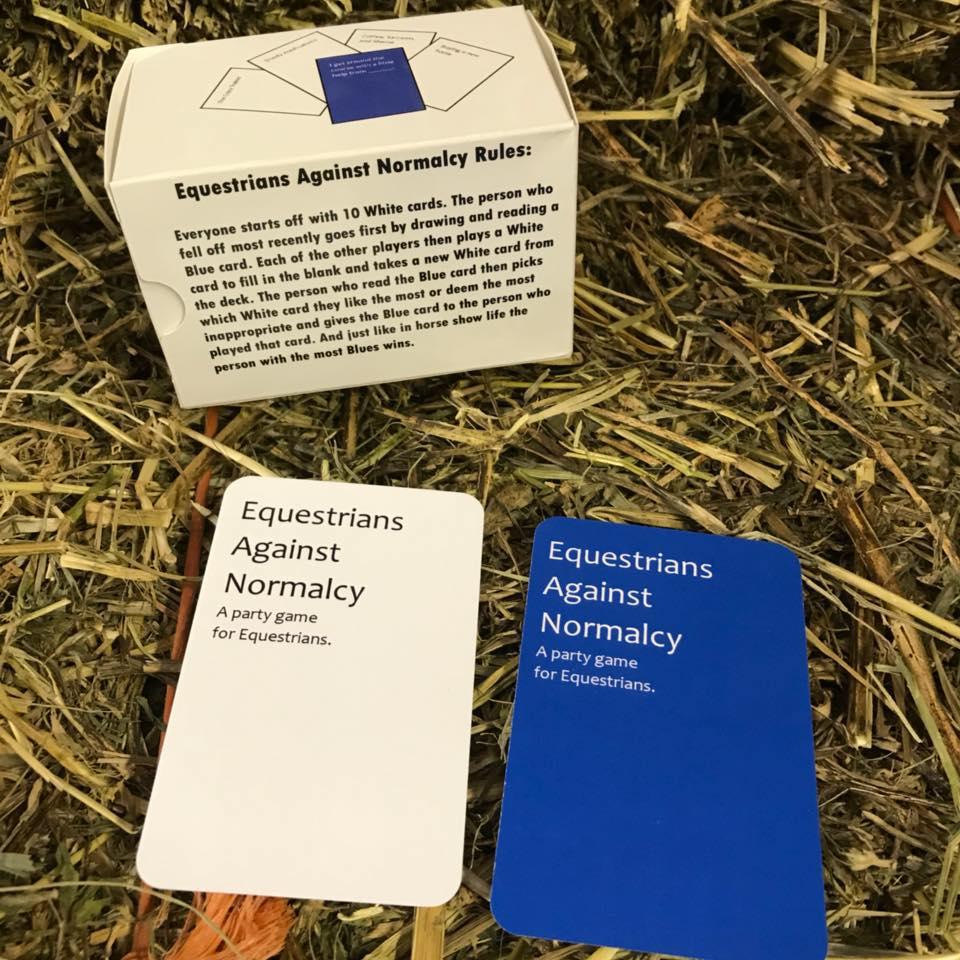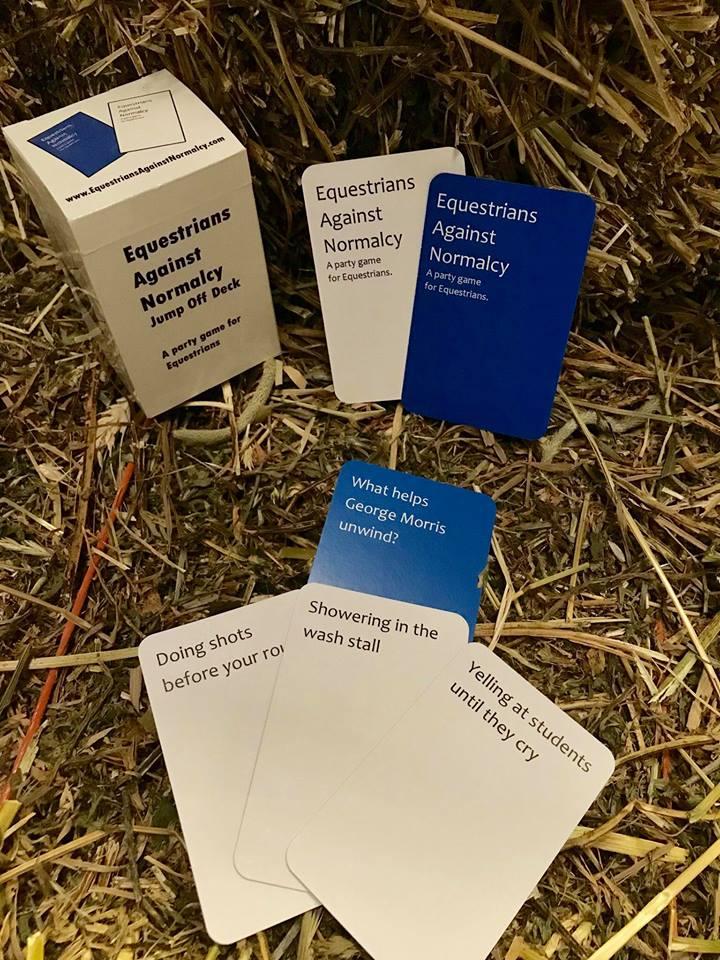Many eventers have encountered a special horse, had a breakthrough competition, or experienced a revelation during training that changed … well … everything. In a new weekly series presented by Attwood Equestrian Surfaces, eventers share their ah-ha! moments.
Earlier this week EN’s sister site Horse Nation asked readers to share the best piece of advice about horses they had ever received in their lives. Readers had plenty to say, and Kristen Kovatch decided to put all of that good advice in one place for the horsey Internet to enjoy. Now, we’re passing it on to you — and we want to hear YOUR best advice in the comments!

“Have a great ride” is always good advice! Photo by Leslie Wylie.
“Sit back. Sit BACK! SIT BACK!!!” –Denise Kirby
“1. Forward. 2. Inside leg to outside rein.” –Diana Guttenberg DeYoung
“‘When turning out a horse, walk all the way through the gate and turn the horse toward you. Unsnap the lead as you’re backing out of the gate.’ I understood the importance of that advice after watching one person get dragged about 50 ft. and another take a hoof to the face from a frisky buck. Thanks, Stephanie England-Grey!!!” –Elsa Hale
“In working with OTTBs: love, patience and kindness.” –Lexi Poteat Pejnovic
“Look where you are going and stay by yourself. Told to me by Victor Hugo-Vidal.” –Dee Kysor
“Steer with your boobs!” –Jill Lowe
“Breathe.” –Jan Moller, Aradia Diane Willard, Mary McGaughy Neely and MaryAnn Isaacson
“Train a horse well and you’ll never have to worry about his future.” –Jamie Maguire
“Don’t micro manage your horse. Let them make mistakes so you can make the corrections. That’s how they’ll learn.” –Nissa Sjoberg
“Wet saddle blankets make good horses.” –Melissa Brown
“Leave your emotions out of the saddle.” –Ashley Rose
“80% of the time, things are going to work out just fine no matter what you do. 10% of the time everything will go wrong no matter what you do. You really only need to be a good enough horse person to deal with the remaining 10%. If you think of it this way, it gets easier to not second guess yourself.” –Abigail Emily Martin
“If it is not fun at any time… get off.” –Gidget Treadway
“Not one training method will work for all horses or riders. Do what works for you.” –Stephanie Cantrell
“A. Wear a helmet always, even on the ground. B. Ride the horse you have, not the horse you want. (As in, don’t force the horse to be something he’s not, and don’t skip ahead in training.)” –Caitlin Last
“If you come off get back on!!” –Robbyn White Gray
“Always be planning several steps ahead. You can’t expect your horse to move forward with confidence if you have no idea where you’re going.” –Karina Brown
“Smile, smile, smile!” –Joy Pernat
“You will never know enough.” –Pauline MadEye Wheeler
“You are either training or untraining.” –Brigette McGhay Cosgrove
“Never take on more horses then you can afford on your own. A free horse is NEVER free.” –Michelle Larsen
“Quiet but firm, leg before hands, no matter what you are doing… you are either training him or untraining him.” –Roxann Gill
“You’ve already committed to getting in the saddle. Do not hesitate, breathe and get on. Picture what you WANT to happen, not what you THINK will happen.” –Nina Amelung
“Don’t worry about one ride; don’t look at it day to day. Look at your progress on more of a monthly basis. That way, one bad ride will be overshadowed by multiple good rides.” –Danielle Vance
“Things take time.” –Lea Ditte Marsk Lauridsen
“Where you look is where you’ll end up. Stop looking down!” –Barb McCaslin Riffey
“As gentle as possible, as firm as necessary.” –Karen Boates
“NEVER buy a problem.” –Margreta Wenzloff Flach
“Look where you want to go.” –Linda Light
“Get the arch out of your back and sit on your butt.” –Bird McIver
“The horse you own is always the best horse in the world. Stay positive. Do not listen to rail birds.” –Lynn Howland
“It’s not the horse’s fault, you need to ride better.” –Vernita Frens Mullen
“Let the active/nervous horse move its feet, you’ll only make matters worse if you try to stop it.” –Wendy Fowler
“Make corrections going forward.” –Deb Howatt
“Don’t sneak up behind them.” –David Simpson
“Heels down, eyes up, & relax in the seat, have a great trainer for lessons & advice.” –Ann Lee Francis Boone
“Always remember what a blessing it is to be around horses at all.” –Merwie Garzon
Now, it’s your turn, Eventing Nation. What’s the best piece of advice about horses that you’ve ever received? Share in the comments!

















































